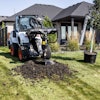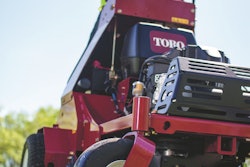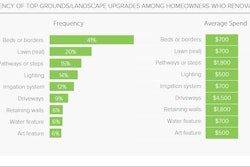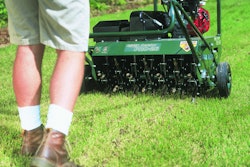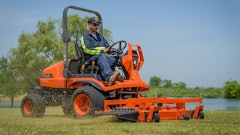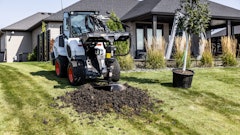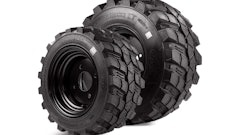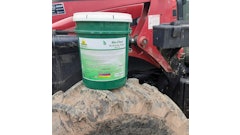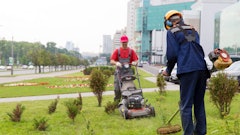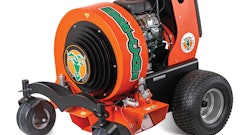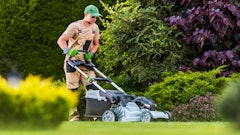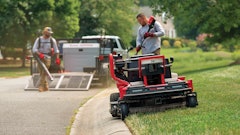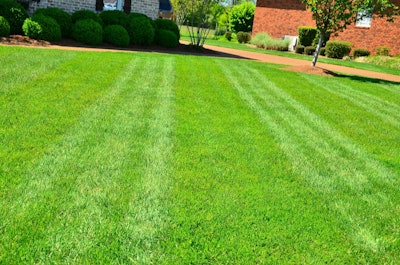
All lawns look tired after several years of minimal care. By minimal, I mean doing nothing more than regular mowing, sprinkling and applying fertilizer and pesticides.
The problem lies below the surface. Minimal care slowly depletes the soil. Healthy soil is airy, rich with nutrients, teaming with life. Good soil combines sand, silt, clay, organic matter and a host of living soil dwellers to form a growing medium that supports plant roots. Such soil holds nutrients and water, and makes them available to plants. It allows excess water to drain off. Such soil holds vital air pockets, providing essential oxygen to roots. It is home to millions of microbes, insect larvae, earth worms and other organisms that break down organic matter, aerate and improve soil structure.
Minimal care threatens the structure, texture and biodiversity of soil. As we tramp over lawns, mowing, walking and playing, the soil is compacted. This eliminates air pockets and the oxygen grass roots need. Compaction also eliminates water pockets, reducing the soil’s water retention. Frequent use of insecticides, fungicides and herbicides reduces the biodiversity of the soil, killing off many of nature’s soil aerators, compounding the problem. The results are predictable: grass browning, thinning or being choked out by weeds, and lawns littered with bare spots.
A little work each spring can repair the lawn. First, slow down the natural process of soil compaction. Avoid walking on the grass more than necessary, and stay off your lawn after rain or anytime the ground is wet.
To read the full original article, please click here.



